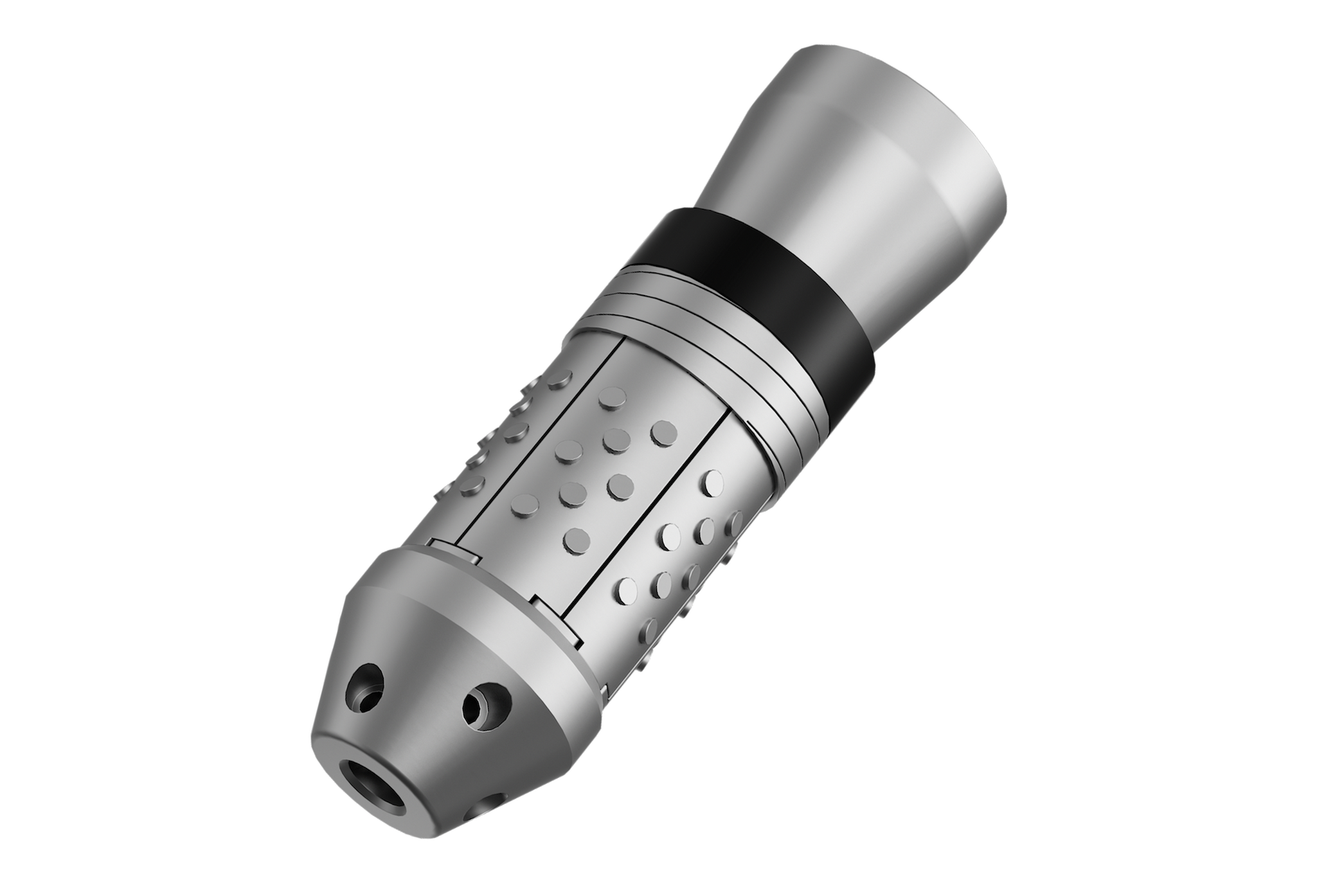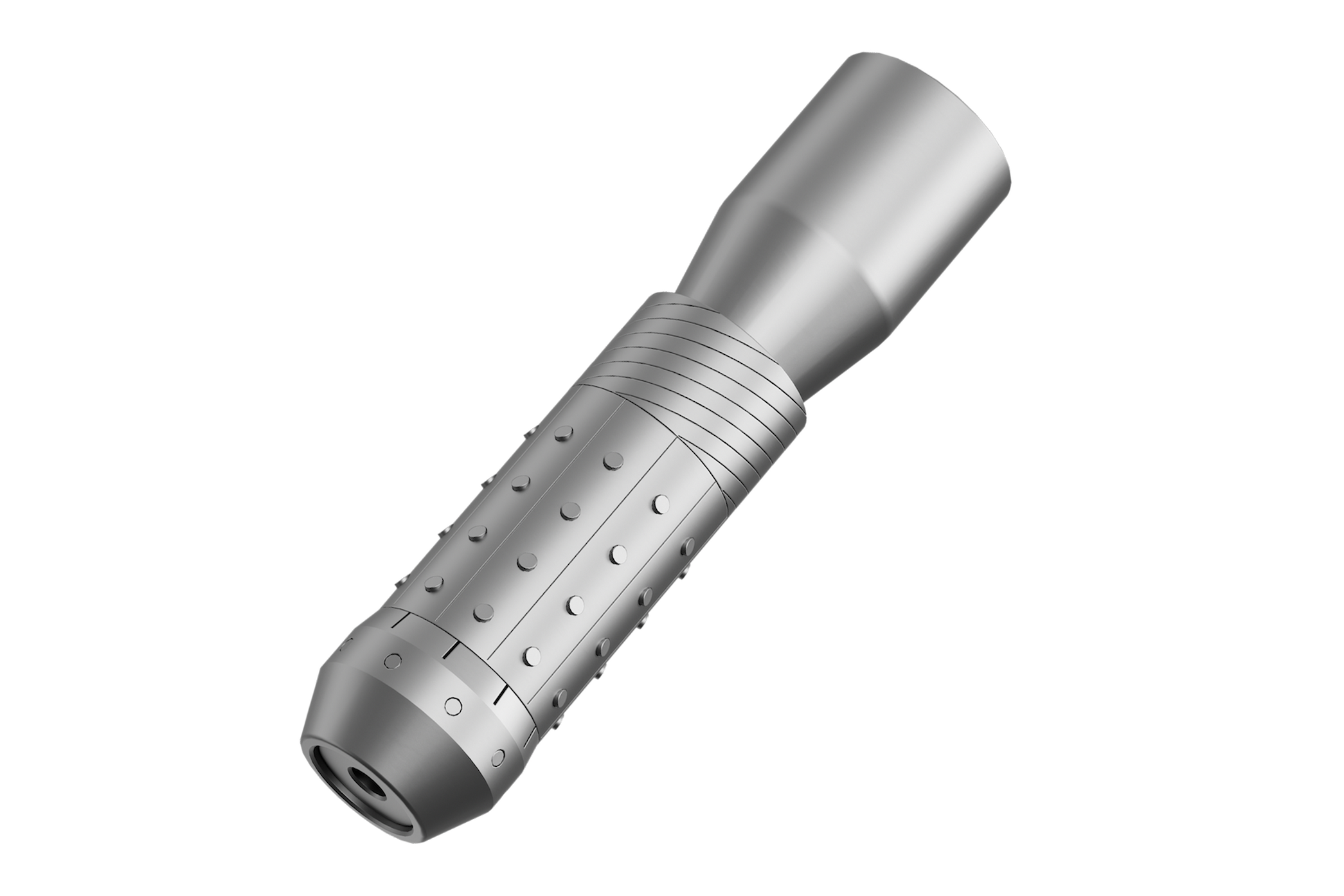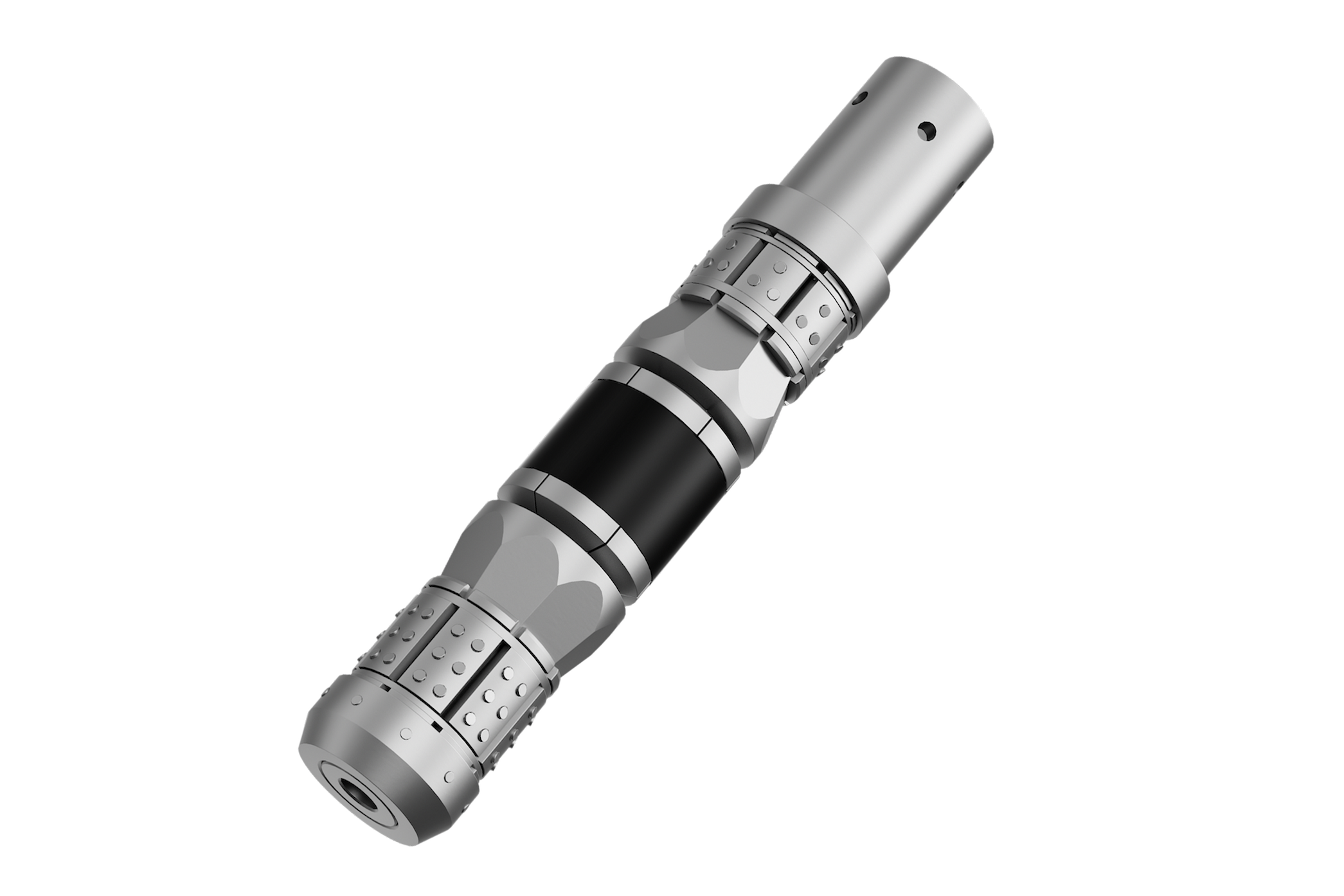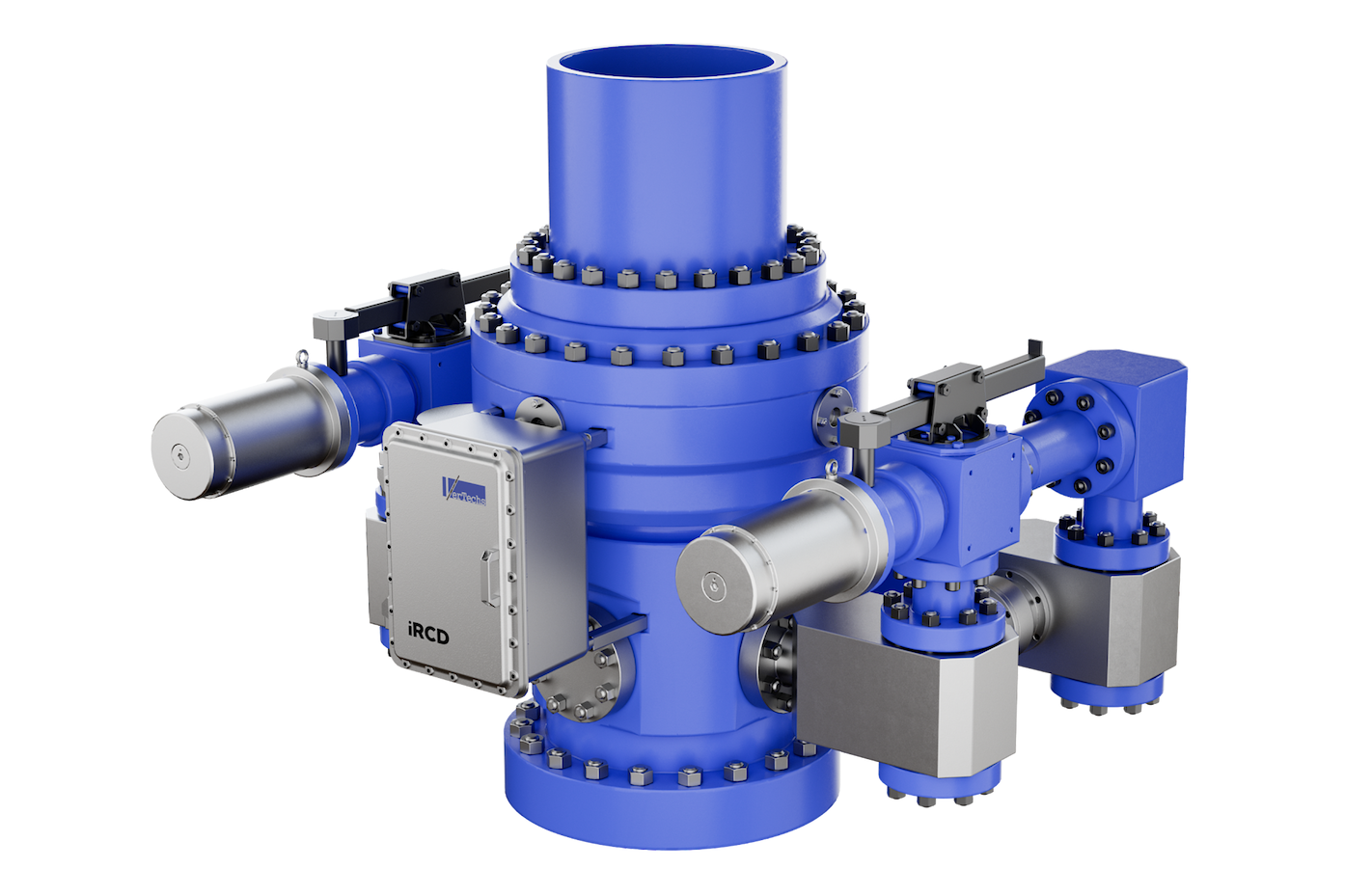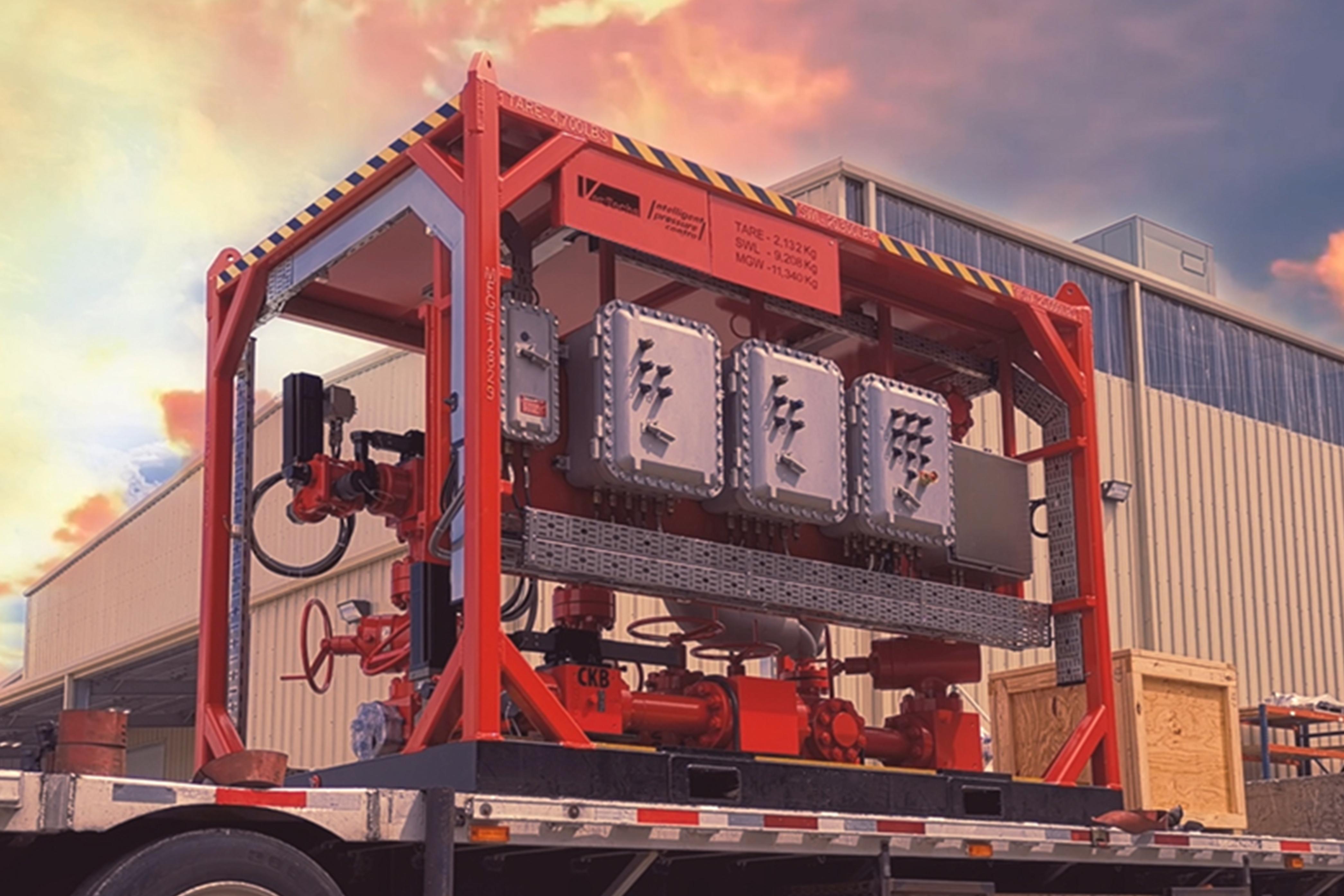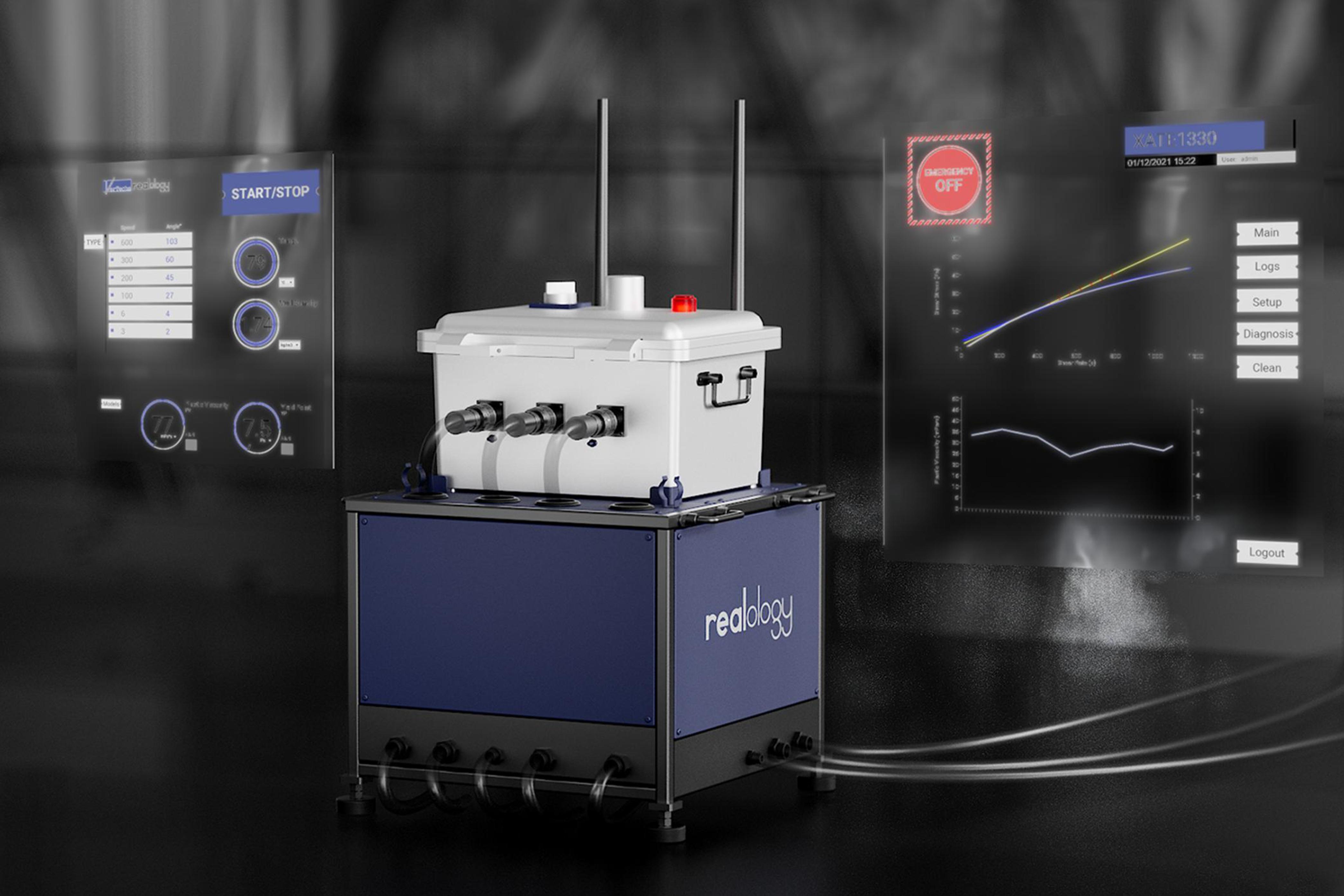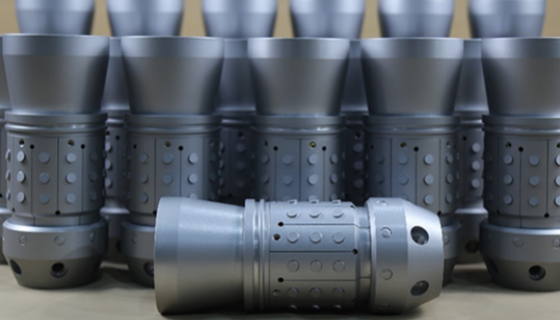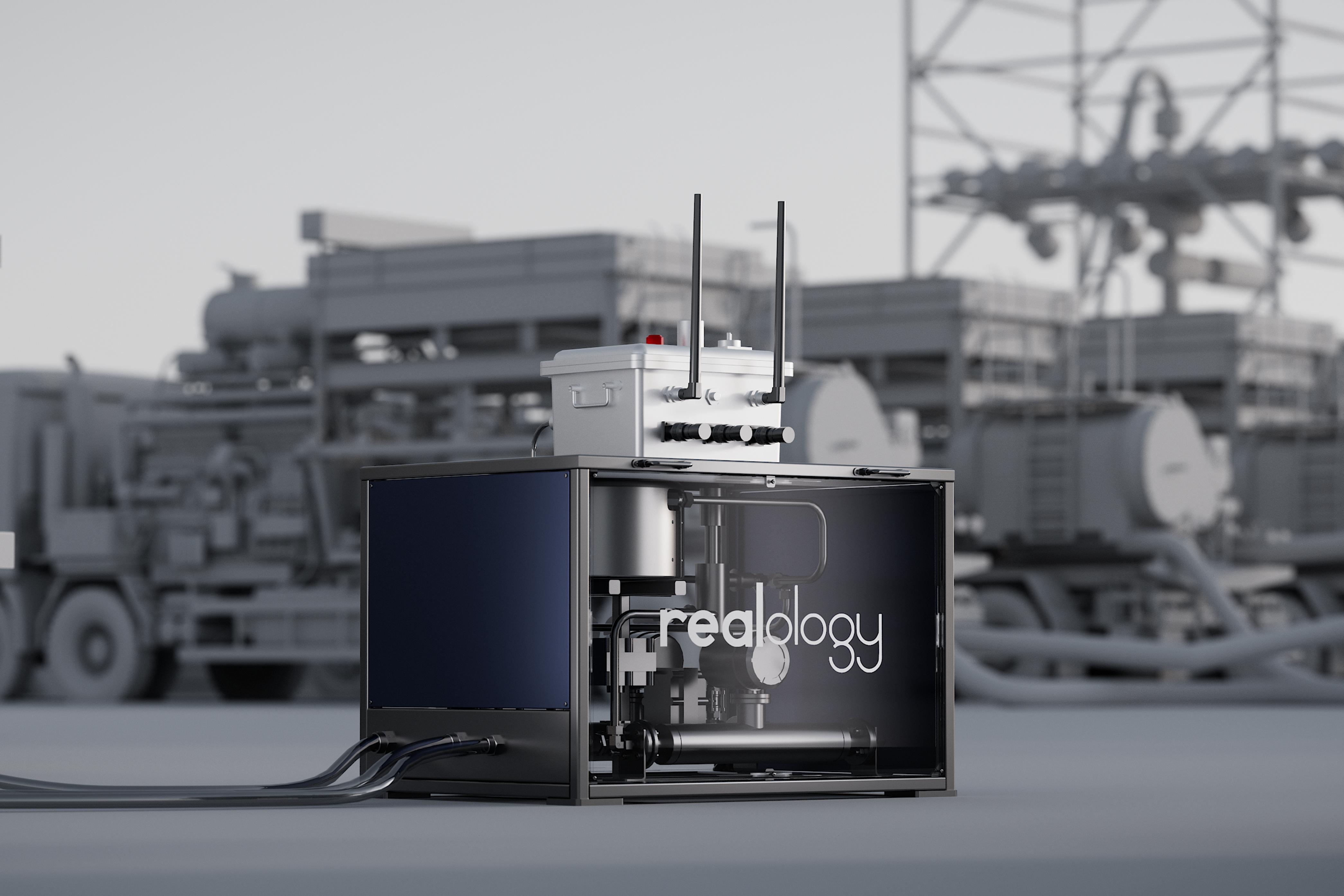Maximizing Reservoir Recovery: Strategies Utilizing Fluid Monitoring Systems - Test
2024-06-14
Introduction to Fluid Monitoring Systems
Fluid monitoring systems have become indispensable tools in the oil and gas industry, offering real-time insights into fluid properties and conditions. These systems play a crucial role in maximizing reservoir recovery by optimizing production processes and enhancing well performance.
Understanding Fluid Monitoring Systems
Fluid monitoring systems utilize advanced sensors and instrumentation to monitor key parameters such as fluid density, viscosity, pressure, and flow rate. By continuously monitoring these parameters, operators can optimize production processes, identify reservoir characteristics, and enhance recovery strategies.
Optimizing Production Processes
Continuous Monitoring of Fluid Properties
Fluid monitoring systems enable operators to continuously monitor fluid properties such as viscosity and composition, allowing for real-time adjustments to production processes. By optimizing fluid properties, operators can improve flow rates, reduce friction losses, and enhance overall production efficiency.
Enhanced Wellbore Management
Fluid monitoring systems also play a crucial role in wellbore management by providing real-time data on wellbore conditions and performance. By monitoring fluid pressures and flow rates, operators can identify potential issues such as fluid influx or formation damage, allowing for proactive wellbore management and optimization of production strategies.
Identifying Reservoir Characteristics
Reservoir Fluid Analysis
Fluid monitoring systems enable operators to analyze reservoir fluids in real time, providing valuable insights into reservoir characteristics such as fluid composition and behavior. By analyzing fluid samples, operators can identify reservoir properties such as permeability, porosity, and hydrocarbon content, allowing for more accurate reservoir modeling and development strategies.
Pressure Transient Analysis
Fluid monitoring systems also facilitate pressure transient analysis, allowing operators to monitor reservoir pressure changes over time. By analyzing pressure transient data, operators can identify reservoir boundaries, estimate reservoir size and connectivity, and optimize production strategies to maximize recovery and minimize depletion.
Implementing Fluid Monitoring Systems for Reservoir Recovery
Integration with Production Equipment
Fluid monitoring systems are typically integrated with production equipment such as pumps, valves, and separators to enable real-time monitoring and control of production processes. Integration with production equipment allows operators to optimize production parameters, minimize downtime, and maximize reservoir recovery.
Data Analysis and Interpretation
Proper data analysis and interpretation are essential for effective utilization of fluid monitoring systems for reservoir recovery. Operators and reservoir engineers should analyze fluid monitoring data in conjunction with other reservoir data such as well logs, production history, and seismic data to identify reservoir characteristics and develop optimal recovery strategies.
Benefits of Fluid Monitoring Systems for Reservoir Recovery
Enhanced Recovery Efficiency
Fluid monitoring systems contribute to enhanced recovery efficiency by providing real-time insights into reservoir properties and production processes. By optimizing production parameters and identifying reservoir characteristics, these systems enable operators to maximize recovery and extend the economic life of reservoirs.
Improved Reservoir Management
In addition to enhancing recovery efficiency, fluid monitoring systems also improve reservoir management by providing operators with valuable data for reservoir modeling and development. By accurately characterizing reservoir properties and monitoring reservoir performance, operators can optimize production strategies and minimize risks associated with reservoir depletion.
Conclusion
Discover unparalleled energy solutions with Vertechs Group. Our Chengdu headquarters at No.1166 Tianlong Avenue offers cutting-edge technology. For more insights, visit https://www.vertechs.com/ or call +86 28 8325 7686. Connect with us via email at admin@vertechs.com and marketing@vertechs.com for expert advice and innovative strategies in the energy sector.



